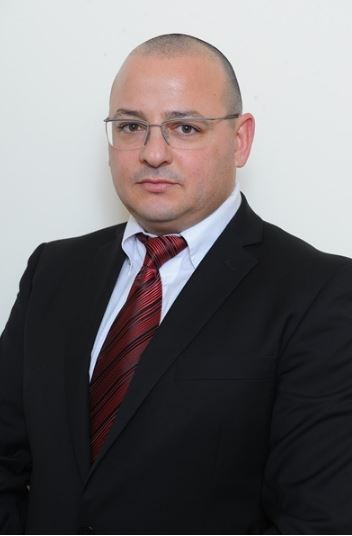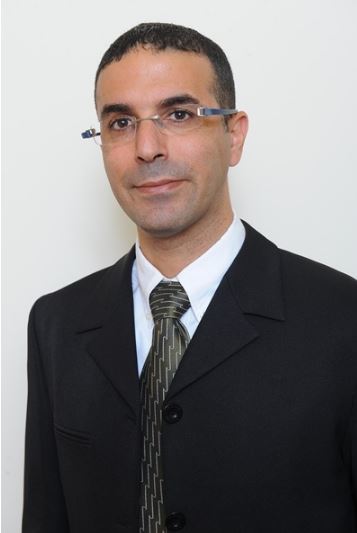In this newsletter, we would like to discuss the appeal by discussing the appeal by “Sephira Veofek Ltd. (“Sephira Israel” or “The Company“) in respect of the tax assessments that had been issued to it for the years 2011 to 2013.
The main facts relating to the case
-
Sephira Israel is engaged primarily in the provision of software development and maintenance and the operation of a call center for related companies overseas. Since 2011, it has claimed a reduced tax rate of 7.5%, which is provided to a preferential enterprise (the granting of development services to a foreign resident) and the balance of its revenues have been classified as regular income (which is chargeable at the corporate income tax rate of 23%).
-
Pursuant to a transfer pricing study dated April 2011, the appropriate method for Sephira Israel is the retainer method (the payment of a fixed amount, which is not conditional upon the volume of activity). Pursuant to this method, the operating income rate from the supply of services lies between 12.36% and 23.26%, with a median rate of 18.67% (in a review that was conducted for the year 2013, it was determined that the range was between 18% and 30%). It should be mentioned that in a review of similar transactions between unrelated parties, a transaction was also found with an operating income of 39.92%.
-
Despite the aforesaid, in the above captioned company’s tax reports, the Company reported on operating profit rates from the provision of research and development expenses of 50.15%, 63.25% and 64% in the 2011, 2012 and 2013 tax years, respectively.
The assessing officer’s main claims
-
The assessing officer claims that Sephira Israel’s reported income from the provision of R&D services in the tax years in question are not at arm’s length, and accordingly the income in excess of the median range in the transfer pricing work is chargeable at the regular corporate income tax rate (in accordance with the indications as income from management or marketing services).
-
The assessment was not prepared under the provisions of the Ordinance, i.e. the contradictory transfer pricing study that was prepared by the assessing officer, but rather it places reliance on the transfer pricing study that was prepared by the Company, where the profitability rate that it reported in its tax reports is much higher than what arises from that work, and hence the assessment is a reclassification of part of the R&D income such that they will be determined to be other income, which are not entitled to benefits as a preferential enterprise.
Sephira Israel’s main claims
-
The provision of the Ordinance on the subject of transfer pricing applies to a transaction in which less profit has been produced and not to a transaction which is higher than is customary, since the substance of the legislation is to prevent erosion of the tax base in Israel and the shifting of the profit outside of Israel.
-
If and insofar as there is room for reclassification, then this should not be done from the median rate, but rather from the high rate, which is to be found in the transfer pricing review, which it had performed (i.e. above 39.82%).
The Court’s ruling:
-
The provision of the Ordinance on the matter of transfer pricing applies where the international transaction has generated less profits from a comparative perspective and it cannot bear an interpretation pursuant to which the provision of the section applies also where the Israeli side to an international transaction produces more profits from a comparative perspective.
-
The assessing officer is entitled to make use (of his authority) for the reclassification of Sephira Israel’s income from R&D services to related companies.
-
Since the assessing officer’s claim related to the reclassification of the income and not to the implementation of the provision of the Ordinance, the Court has adopted the maximal profit rate that is to be found in transaction between unrelated parties (more than approximately 40%) as one of the objective criteria and to view income that exceeds this as income that is not entitled to the tax benefits that are provided to a preferential enterprise, and the assessing officer is entitled to classify the income as income from management services (i.e. a transfer pricing review does not apply and the maximal rate therein has been taken).
It arises from the ruling that there was an incentive to shift profits from France, where the corporate income tax rate stood at 33.33% in the tax years in question whereas it stood at 24% to 25%, and the tax rates that apply to income from a preferential enterprise reduce it even more.
The provision of the Ordinance do not determine what the law is regarding income that exceeds what is determined in the transfer pricing study, accordingly it is apparent that the assessing officer’s path to taxing the surplus income (even if there was no income from the preferential enterprise) is trough reclassification. It should be mentioned that if we were talking about an Israeli parent company and a foreign subsidiary, and the collection of income from the subsidiary by the parent company, at a rate exceeding the rate that has been determined to be appropriate in the transfer pricing, so the parent company can to request that this surplus income should be viewed as dividend income and to apply the indirect credit path, that applies to income from a dividend from abroad.
Share:




